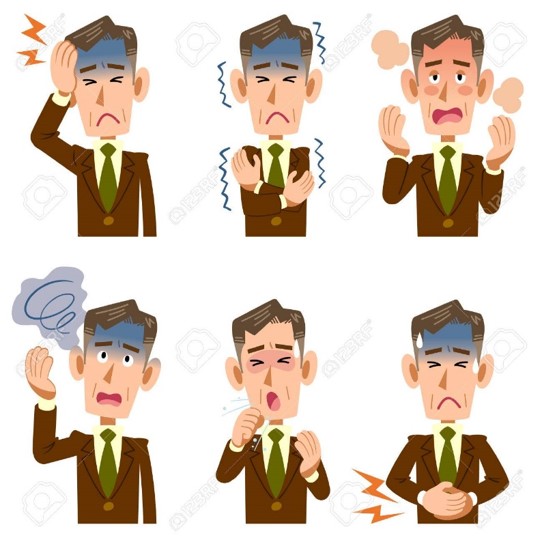Last week in my post “Killing Features & Products (part 1 of 3) – Keep it simple & Prevent” I wrote how I have tried to introduce to my company and colleagues the idea of creating products that clients love by keeping them simple and preventing the development of unneeded functionalities.
But how can we be sure that the already built product or feature is not worth it and should be killed?
In order to answer this question we need to look for several symptoms. I have tried to split them in 2 groups:

Business Symptoms
First we can start to look for troubled products and features on a more generic, business level. The identification could happen by setting up and assessing some analytics and business indicators like:
- Steady decreasing or flat sales volume or market share;
- Decreasing or flat revenues and/or margins;
- Lack of investment;
- Over-investment (pouring resources in a black hole);
- Low KPIs (customer satisfaction scores, usage statistics, conversion rates, etc.);
- Strategic misalignment.
These indicators could also be displayed in a table form for getting a better overview.

If most or all of them are falling down, then this can be a sign that the product or feature is a good candidate to be killed.
But you should also keep in mind that there is a possibility the indicators are falling because the product is missing some killer feature which if implemented can turn the tide!
User and Technical symptoms
Another set of symptoms we can examine in order to define whether a product or a feature is a candidate to be killed is related to its users and technical parameters.
- Support cost – how much time/resources does it take to support something – e.g. cases where two-week research is needed in order to fix a small bug;
- Product liability – by developing this feature or product, do you get yourself in more trouble and create new problems;
- Cannibalization/Distraction from other products/features – the product or the features may evolve to be replaced by other products or in case of features they can be available in another product;
- Bad strategy fit – the product or feature is not aligned with the company’s strategy due to lack of prevention or a strategy change;
- Not used by customers;
- Encourages bad behavior – your clients are misusing the product or feature. Using it not how it was intended to be used gets you into trouble;
- No one knows why it exists – it happens very often with legacy products and features.
Implementing a process or simply tracking and checking up on both business and user and technical symptoms could give you a clear indication on which products and features can be killed in order to gain focus, free up some resources and deliver products that clients love.
Read more:
How To Be A Good Product Manager – Jeff Lash
https://www.goodproductmanager.com/2008/02/17/do-not-be-afraid-to-remove-features/
To Kill a Product: Why, When and How (Part 1, 2, 3) – Chris Brown
https://onproductmanagement.wordpress.com/2009/08/24/to-kill-a-product-why-when-and-how-part-13/
https://onproductmanagement.wordpress.com/2009/12/01/guest-post-measuring-product-management-part-2/
https://onproductmanagement.wordpress.com/2009/08/28/guest-post-to-kill-a-product-why-when-and-how-part-33/
Scot Belsky, The messy middle, 2018
Marc Abraham, My Product Management Toolkit, 2018




